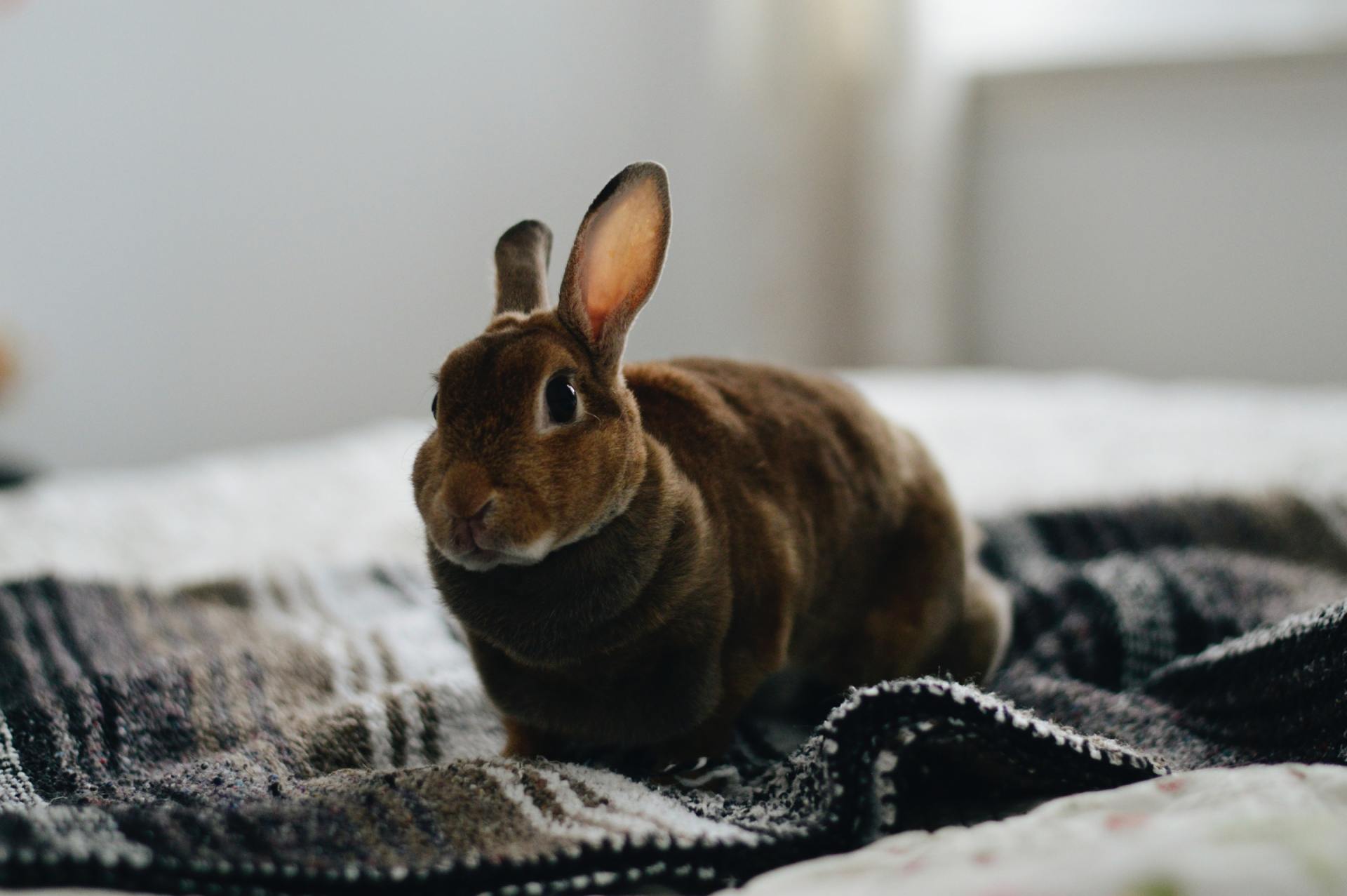Meet the Xoloitzcuintle, Mexico’s treasured canine that captivates hearts with its unique appearance and deep cultural roots. Known affectionately as “Xolos,” these hairless dogs are not just pets but symbols of national heritage and ancient history. Dating back over 3,000 years, Xoloitzcuintles were considered sacred by the Aztecs, who believed the dogs could guide their masters’ souls through the underworld. Today, Xolos are celebrated for their loyalty, intelligence, and hypoallergenic qualities, making them ideal companions. Their rising popularity in international dog shows and among allergy sufferers highlights their adaptability and the growing fascination with this ancient breed. Discover why Xoloitzcuintles are more than just dogs—they are a living link to Mexico’s past and a beloved icon in contemporary culture.
Did you know that Mexico’s national dog is the Xoloitzcuintles? The proper pronunciation for the official breed name is show-low-eats-queen-tlee, but these cute pups are often commonly called the Xolo. A Rialto, CA vet discusses the Xolo below.
Basics
There are two main types of Xolos: hairless and coated. These pups also come in three sizes: toy, miniature, and standard. Fido can also wear a variety of colors, from brindle to pink and brown. One thing they all have in common? They’re super cute!
History
Xolos have been around for a very long time. In fact, unearthed dog skulls that match the Xolo’s size and features have been dated as 3300 years old. Columbus and other explorers even mentioned these ‘strange, hairless dogs’ in their journals. The ancient Aztecs named the breed after their fire god, Xolotl, who had a dog’s head. The word itzcuintli, which makes up the rest of Fido’s full name, is actually the Aztec word for dog. The Aztecs considered the Xolo to be sacred, and thought they had healing powers. They were often buried with their owners, so they could guide, serve, and protect them in the next world. They are still treasured in Mexico today.
Personality
Xoloitzcuintles, often referred to as Xolos, are considered the perfect dog for many reasons. Loyal, obedient, and calm, these pups form very strong bonds with their humans. They also tend to fall into the ‘happy medium’ sweet spot for many behavioral traits. For instance, they are playful and love to go on long walks, but they are pretty laid-back at home. They do act as watchdogs, but aren’t extremely vocal, and don’t usually bark for no reason. Just like any other dog, they do need structure. Fido’s daily doggy routine should include playtime and exercise, as well as some quality time with his humans.
Hairless Xolo
The hairless Xolo is a great choice for people who are allergic to pets, as well as anyone who just doesn’t want to deal with a lot of dog fur. It’s worth noting that they do have very sensitive skin. You will need to apply sunscreen to Fido when it’s hot. Hairless Xolos also need warm jackets when it’s cold, and often appreciate heated beds or thermal blankets. Ask your vet for specific care tips.
Xoloitzcuintles: Cultural Heritage and Modern Significance
Which institutions maintain Xolo collections?
The Xoloitzcuintli, or Xolo, is a breed held in high regard in Mexico, often found in cultural collections and preserved in various institutions due to its historical significance and cultural heritage. Museums and cultural centers, especially those focusing on Mesoamerican civilizations, maintain collections that include artifacts, representations, and sometimes even preserved specimens of the Xolo. These institutions aim to educate the public about the breed’s ancient origins and its role in indigenous cultures, highlighting its sacred status among the Aztecs.
What is the genetic basis for the hairless trait?
The hairless trait in Xoloitzcuintlis, or Xolos, stems from a genetic mutation affecting the dog’s skin and hair follicle development. Specifically, the mutation occurs in the FOXI3 gene, which plays a crucial role in the development of hair follicles and teeth. This mutation leads to the hairless phenotype observed in many Xolos, though it can also affect dental health, with many hairless dogs displaying dental issues as a related genetic trait. Dogs with one copy of the mutated gene will be hairless, while those with two copies can have more severe dental problems.
How often should they be bathed?
Xoloitzcuintlis, particularly the hairless variety, require regular bathing to maintain skin health due to their lack of fur, which normally protects a dog’s skin from environmental irritants. A monthly bath is typically sufficient to keep their skin clean without causing dryness. However, if the Xolo has particularly sensitive skin or is exposed to more dirt and pollutants, bathing frequency might need to be increased. Always use a mild, hypoallergenic dog shampoo to avoid irritation, and follow up with a moisturizer formulated for dogs to keep their skin supple and hydrated.
How are Xolos represented in contemporary Mexican culture?
Xoloitzcuintlis, commonly known as Xolos, hold a prominent place in contemporary Mexican culture, symbolizing deep historical and spiritual roots. They are frequently featured in art, literature, and media, reflecting their esteemed status as Mexico’s national dog. Xolos often appear during cultural events and festivals, embodying a living connection to Mexico’s ancient past. Moreover, their unique appearance and historical significance make them a subject of interest and pride at national heritage events, where they are celebrated as a symbol of indigenous history and Mexican identity.
What socialization needs do they have?
Xoloitzcuintlis, or Xolos, require early and consistent socialization to develop into well-adjusted adult dogs. Due to their naturally loyal and somewhat protective nature, Xolos benefit greatly from exposure to a variety of people, environments, and other animals from a young age. This helps them become more adaptable and less apprehensive in new situations. Regular social interaction helps maintain their calm demeanor and prevents them from becoming overly wary or territorial. Integrating structured socialization activities into their routine supports their development into sociable and obedient pets.
Do you have questions about caring for a xolo? Contact us, your Rialto, CA veterinary clinic, today!

